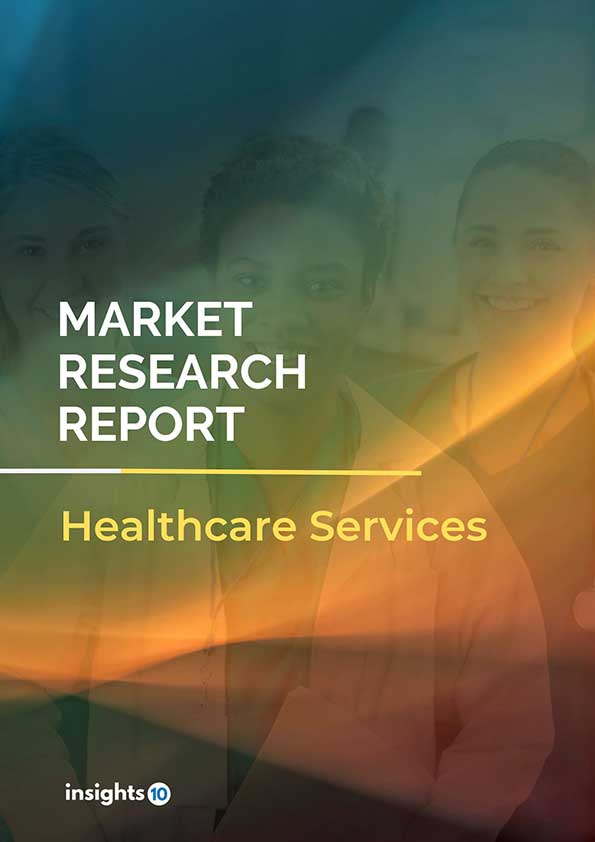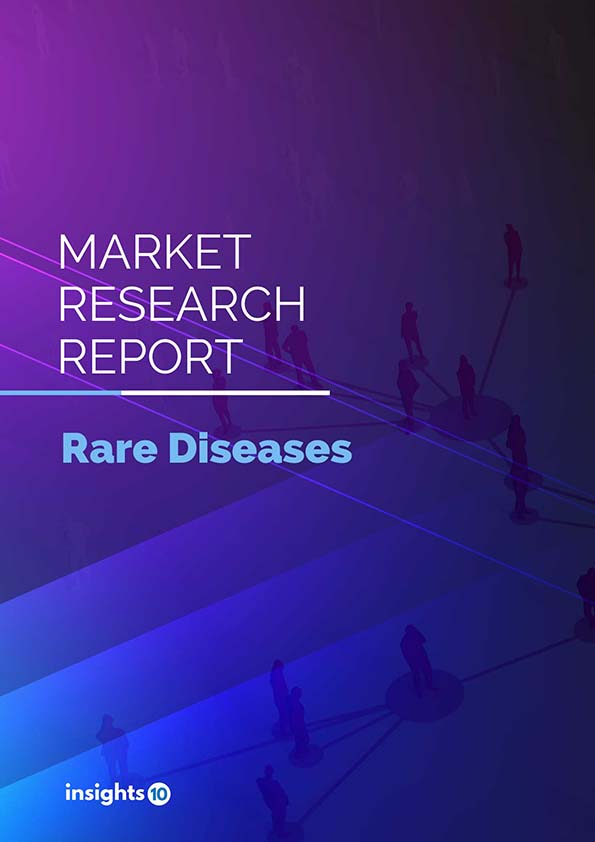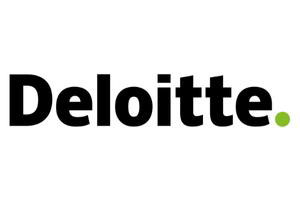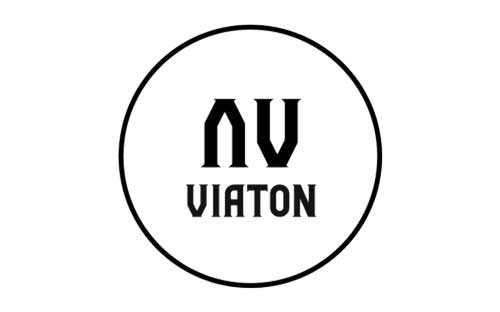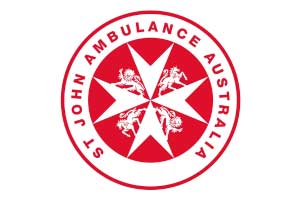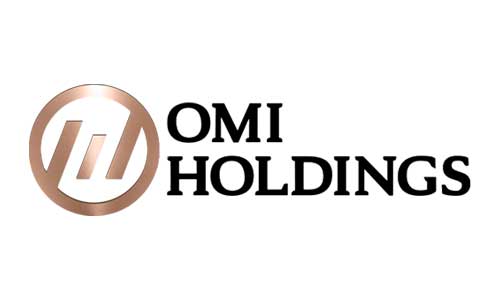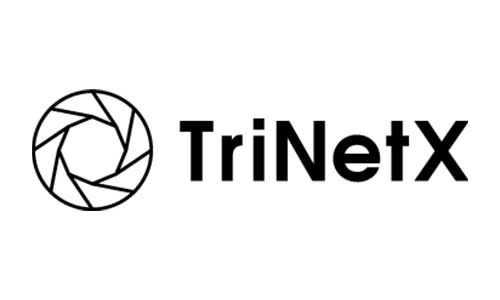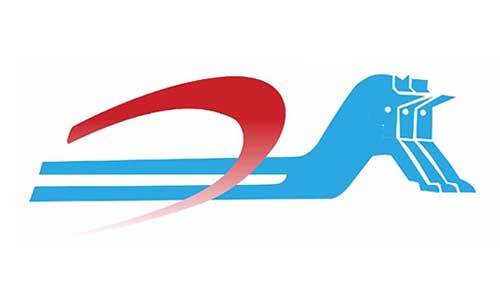Japan Cancer Pain Management Market Analysis
Japan's Cancer Pain Management market is projected to grow from $405.27 Mn in 2022 to $636.26 Mn by 2030, registering a CAGR of 5.8% during the forecast period of 2022 - 2030. The main factors driving the growth would be high healthcare expenditure, advanced healthcare infrastructure, an aging population, and government support. The market is segmented by drug type and by disease. Some of the major players include Daiichi Sankyo (JPN), Hisamitsu Pharmaceutical Co (JPN), Mundipharma, Pfizer, and Teva Pharmaceuticals.
Buy Now

Japan Cancer Pain Management Market Executive Summary
Japan's Cancer Pain Management market is projected to grow from $405.27 Mn in 2022 to $636.26 Mn by 2030, registering a CAGR of 5.8% during the forecast period of 2022 - 2030. Japan's healthcare spending fell from 10.75% of GDP in 2018 to 10.74% in 2019, while it rose from $4,256 to $4,360 per capita. In comparison to the global average for developed nations, Japan spends more on healthcare.
Cancer-related treatments including chemotherapy and surgery as well as the disease itself may contribute to cancer pain. The type, location, and degree of pain experienced have an impact on the medications chosen and how they are used. Numerous different drugs are used to treat cancer pain. For instance, potent opioids are used to treat severe pain, whereas non-opioid medications like acetaminophen and NSAIDs are preferred to treat mild to moderate cancer pain. The Asia-Pacific cancer pain management market is one of the rapidly growing markets worldwide.
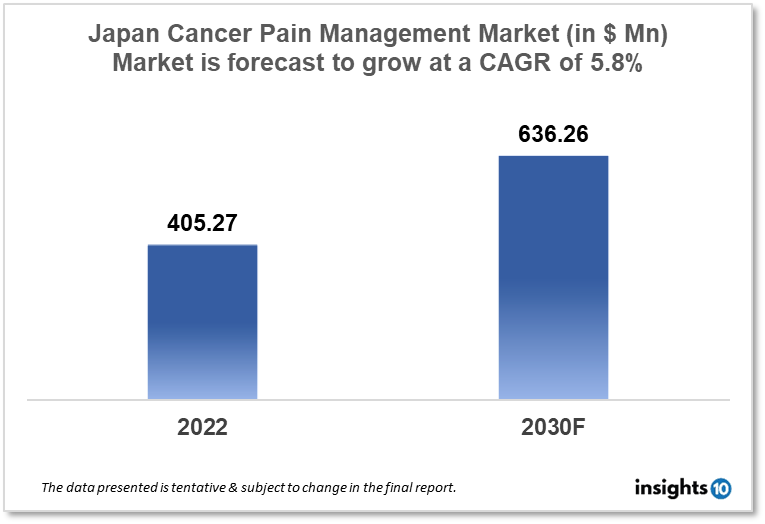
Market Dynamics
Market Growth Drivers
The Japan cancer pain management market is expected to be driven by factors such as high healthcare expenditure, advanced healthcare infrastructure, and government support. Moreover, the prevalence of chronic diseases like cancer is rising in Japan as a result of the country's aging population, which is fueling the demand for pain management options.
Market Restraints
The growth of the cancer pain market is anticipated to be constrained by the negative effects of using medications to treat cancer pain, such as drug tolerance, drug dependence, urine retention, sleep difficulties, cognitive impairment, and others. Also, there is still a lack of knowledge about available pain management options in various parts of Japan, which results in the underuse of these medications.
Competitive Landscape
Key Players
- Daiichi Sankyo (JPN)
- Hisamitsu Pharmaceutical (JPN)
- Mundipharma
- Pfizer
- Teva Pharmaceuticals
Notable Recent Deals
March 2019: Daiichi Sankyo and AstraZeneca entered into a collaboration for a novel HER2-targeting antibody-drug conjugate. With the exception of Japan, where Daiichi Sankyo will continue to hold exclusive rights, the companies will jointly develop and commercialize trastuzumab deruxtecan there. Production and supply will be handled completely by Daiichi Sankyo.
December 2021: Hisamitsu Pharmaceutical and RaQualia Pharma have agreed to enter into a license agreement for a novel sodium channel blocker. In the future, Hisamitsu Pharmaceutical will use its expertise in producing transdermal medications to conduct preclinical research of new pain treatment drug(s) containing the compound before moving on to the clinical stage. According to the license agreement, Hisamitsu Pharmaceutical will be given sole worldwide rights to the compound's development, production, and marketing.
Healthcare Policies and Regulatory Landscape
The Japanese healthcare system is characterized by its universal coverage and long history of offering its residents high-quality, reasonably priced medical care. The pain management market in Japan is governed by the Japanese healthcare system and the Ministry of Health, Labor, and Welfare (MHLW). For pharmaceuticals and medical devices used in pain management, the MHLW has a stringent approval procedure that includes clinical trials and assessments of safety and efficacy.
Reimbursement Scenario
The National Health Insurance (NHI) program, which offers coverage for some pain management therapies, including prescription medications and medical devices, regulates the reimbursement scenario for the pain management market in Japan. The scope is constrained, though, and some procedures might not be entirely covered. This may limit patient access to certain pain management alternatives and may restrain the expansion of the Japanese pain management market. Despite these drawbacks, the NHI program is crucial in ensuring that the populace has access to healthcare, and work is still being done to raise the general standard of care and make it more affordable.
1. Executive Summary
1.1 Service Overview
1.2 Global Scenario
1.3 Country Overview
1.4 Healthcare Scenario in Country
1.5 Healthcare Services Market in Country
1.6 Recent Developments in the Country
2. Market Size and Forecasting
2.1 Market Size (With Excel and Methodology)
2.2 Market Segmentation (Check all Segments in Segmentation Section)
3. Market Dynamics
3.1 Market Drivers
3.2 Market Restraints
4. Competitive Landscape
4.1 Major Market Share
4.2 Key Company Profile (Check all Companies in the Summary Section)
4.2.1 Company
4.2.1.1 Overview
4.2.1.2 Product Applications and Services
4.2.1.3 Recent Developments
4.2.1.4 Partnerships Ecosystem
4.2.1.5 Financials (Based on Availability)
5. Reimbursement Scenario
5.1 Reimbursement Regulation
5.2 Reimbursement Process for Services
5.3 Reimbursement Process for Treatment
6. Methodology and Scope
Cancer Pain Management Market Segmentation
By Drug Type (Revenue, USD Billion):
Non-steroidal anti-inflammatory medicines relieve pain at the site of injury by blocking the cyclooxygenase enzyme, which prevents prostaglandin formation. NSAIDs are a class of medications that includes medications with analgesic, antipyretic, and, at higher doses, anti-inflammatory properties.
- Opioids
- Morphine
- Fentanyl
- Others
- Non-Opioids
- Acetaminophen
- Non-Steroidal Anti-Inflammatory Drugs (NSAIDs)
- Nerve Blockers
By Disease Indication (Revenue, USD Billion):
Based on disease Indication the market is segmented into:
- Lung Cancer
- Colorectal cancer
- Breast cancer
- Prostate cancer
- Blood cancer
- Others
Methodology for Database Creation
Our database offers a comprehensive list of healthcare centers, meticulously curated to provide detailed information on a wide range of specialties and services. It includes top-tier hospitals, clinics, and diagnostic facilities across 30 countries and 24 specialties, ensuring users can find the healthcare services they need.
Additionally, we provide a comprehensive list of Key Opinion Leaders (KOLs) based on your requirements. Our curated list captures various crucial aspects of the KOLs, offering more than just general information. Whether you're looking to boost brand awareness, drive engagement, or launch a new product, our extensive list of KOLs ensures you have the right experts by your side. Covering 30 countries and 36 specialties, our database guarantees access to the best KOLs in the healthcare industry, supporting strategic decisions and enhancing your initiatives.
How Do We Get It?
Our database is created and maintained through a combination of secondary and primary research methodologies.
1. Secondary Research
With many years of experience in the healthcare field, we have our own rich proprietary data from various past projects. This historical data serves as the foundation for our database. Our continuous process of gathering data involves:
- Analyzing historical proprietary data collected from multiple projects.
- Regularly updating our existing data sets with new findings and trends.
- Ensuring data consistency and accuracy through rigorous validation processes.
With extensive experience in the field, we have developed a proprietary GenAI-based technology that is uniquely tailored to our organization. This advanced technology enables us to scan a wide array of relevant information sources across the internet. Our data-gathering process includes:
- Searching through academic conferences, published research, citations, and social media platforms
- Collecting and compiling diverse data to build a comprehensive and detailed database
- Continuously updating our database with new information to ensure its relevance and accuracy
2. Primary Research
To complement and validate our secondary data, we engage in primary research through local tie-ups and partnerships. This process involves:
- Collaborating with local healthcare providers, hospitals, and clinics to gather real-time data.
- Conducting surveys, interviews, and field studies to collect fresh data directly from the source.
- Continuously refreshing our database to ensure that the information remains current and reliable.
- Validating secondary data through cross-referencing with primary data to ensure accuracy and relevance.
Combining Secondary and Primary Research
By integrating both secondary and primary research methodologies, we ensure that our database is comprehensive, accurate, and up-to-date. The combined process involves:
- Merging historical data from secondary research with real-time data from primary research.
- Conducting thorough data validation and cleansing to remove inconsistencies and errors.
- Organizing data into a structured format that is easily accessible and usable for various applications.
- Continuously monitoring and updating the database to reflect the latest developments and trends in the healthcare field.
Through this meticulous process, we create a final database tailored to each region and domain within the healthcare industry. This approach ensures that our clients receive reliable and relevant data, empowering them to make informed decisions and drive innovation in their respective fields.
To request a free sample copy of this report, please complete the form below.
We value your inquiry and offer free customization with every report to fulfil your exact research needs.
